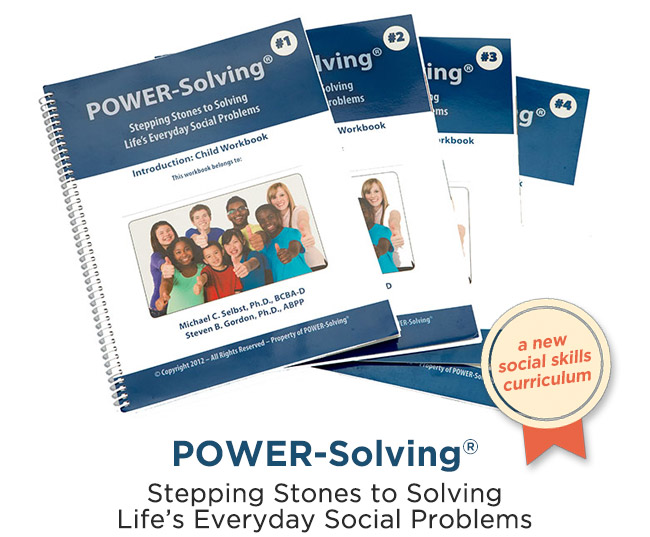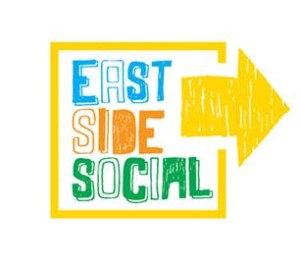This month, we’re proud to feature a wonderful piece from the Association for Science in Autism Treatment (ASAT), written by Amy McGinnis Stango, MS, OTR, MS, BCBA, on the benefits of occupational therapy as a supplement to your child’s ABA program. Amy is a nationally registered occupational therapist and board certified behavior analyst, and provides consultative direct and consultative services to families, clinics and schools across the country and internationally. She is also the co-author of Assessing Language and Learning with Pictures (ALL PICS), an assessment tool designed to make administration of the VB-MAPP more accurate, efficient, and cost-effective for schools, clinics, agencies, and private practitioners.
To learn more about ASAT, please visit their website at www.asatonline.org. You can also sign up for ASAT’s free newsletter, Science in Autism Treatment, and like them on Facebook!
Answered by Amy McGinnis Stango, MS, OTR, MS, BCBA
Occupational therapy (OT) can be beneficial as a supplemental treatment to your child’s ABA program. The goal of occupational therapy is to support an individual’s health and participation in life through engagement in occupations or everyday tasks (AOTA, 2008). The occupational therapy process begins with an evaluation. The evaluation helps to determine whether your child has met developmental milestones in a wide variety of occupations. The occupational therapy evaluation can help your child’s behavior analyst choose developmentally appropriate goals to be included in his ABA program. The OT evaluation may also be helpful in understanding why a child struggles with a particular task. For example, if your child struggles with handwriting, the evaluation can determine whether this difficulty stems from an inappropriate grasp, poor posture, muscle weakness, visual memory, or lack of eye-hand coordination. Pediatric occupational therapy typically addresses the following domains:
- Play
- Activities of Daily Living
- Education
- Social Participation
Play is the primary occupation of childhood and is often an area of need for children with autism. Occupational therapy can be effective in helping children learn new play skills (Stagnitti, O’Connor, & Sheppard, 2012). Many pediatric occupational therapists use a play-based approach to their sessions, exposing children to a variety of toys, games, and different ways to play. If your child engages in repetitive play behaviors or has limited interests, the occupational therapist may be helpful in finding other activities that share similar sensory properties of the toys your child already enjoys. Some of the sensory activities used in occupational therapy may function as reinforcers, which could be used in your child’s ABA sessions as well (McGinnis, Blakely, Harvey, Hodges & Rickards, 2013).
Occupational therapists typically include an assessment of activities of daily living (ADLs) as part of the evaluation. ADLs include those basic self-care tasks that an individual performs each day, such as eating, grooming, dressing, and using the bathroom. Occupational therapy can help to build the strength, coordination, and perception skills needed to perform these tasks. For example, if your child has oral motor deficits, occupational therapy can help your child learn the mouth movements necessary for chewing and drinking (Eckman, Williams, Riegel, & Paul, 2008; Gibbons, Williams, & Riegel, 2007). Occupational therapy can also help older children and adolescents learn more advanced ADLs, like independent bathing (Schillam, Beeman & Loshin, 1983). Occupational therapists are trained in identifying multiple ways to perform routine tasks, and can recommend an approach that will work best for your child and can be integrated into your routines at home (Kellegrew, 1998).
As individuals with autism age, occupational therapists can help teach skills that will lead to greater independence at home and in the community (McInerney & McInerney, 1992). These include preparing meals, managing money, shopping and using public transportation. Often these skills are more complex and may require an activity or task analysis that breaks the task down into simpler steps. With extensive training in developing task analyses, occupational therapists can share these analyses with your child’s ABA team so that skills can be taught across settings. If tasks are still difficult, an occupational therapist may recommend adaptive equipment to make a task easier. Occupational therapy can also help your child participate more fully in his or her educational program. Occupational therapy can help young children acquire tasks such as coloring and cutting (Case-Smith, Heaphy, Marr, Galvin, Koch, Ellis, & Perez, 1998), as well as help older children acquire skills such as handwriting (Denton, Cope, & Moser, 2006). If your child has difficulty moving through the school setting or actively participating in movement activities, occupational therapy can help your child develop functional mobility skills. Continue reading






 We offer class kits including 5 or 10 sets of Student Workbooks and Facilitator Guides to accommodate larger groups.
We offer class kits including 5 or 10 sets of Student Workbooks and Facilitator Guides to accommodate larger groups. Each Student Workbook Set and Facilitator’s Guide Set covers 4 areas of everyday social situations:
Each Student Workbook Set and Facilitator’s Guide Set covers 4 areas of everyday social situations: Social Information Processing (SIP) is a widely studied framework for understanding why some children and adolescents have difficulty getting along with their peers and adults.
Social Information Processing (SIP) is a widely studied framework for understanding why some children and adolescents have difficulty getting along with their peers and adults. The
The  Steven B. Gordon, PhD, ABPP is the Founder and Executive Director of Behavior Therapy Associates, P.A. He is a clinical psychologist and is licensed in New Jersey. Dr. Gordon is also Board Certified in Cognitive and Behavioral Psychology by the American Board of Professional Psychology and is a Diplomate in Behavior Therapy from the American Board of Behavioral Psychology. Dr. Gordon has co-authored three books, published numerous articles, presented papers at local and national conferences, and served on editorial boards of professional journals. Most recently, Dr. Gordon and Dr. Selbst have co-authored the new social-emotional skills program
Steven B. Gordon, PhD, ABPP is the Founder and Executive Director of Behavior Therapy Associates, P.A. He is a clinical psychologist and is licensed in New Jersey. Dr. Gordon is also Board Certified in Cognitive and Behavioral Psychology by the American Board of Professional Psychology and is a Diplomate in Behavior Therapy from the American Board of Behavioral Psychology. Dr. Gordon has co-authored three books, published numerous articles, presented papers at local and national conferences, and served on editorial boards of professional journals. Most recently, Dr. Gordon and Dr. Selbst have co-authored the new social-emotional skills program  Michael C. Selbst, PhD, BCBA-D is Director of Behavior Therapy Associates, P.A. He is a Licensed Psychologist and a Certified School Psychologist in New Jersey and Pennsylvania. He is also a Board Certified Behavior Analyst at the Doctoral level. Dr. Selbst has co-founded and is the Executive Director of HI-STEP® Summer Program, which is an intensive five-week day program for children to improve their social skills and problem solving ability, and the Director of the Weekend to Improve Social Effectiveness (W.I.S.E.). He has extensive experience working with pre-school aged children through adults, including individuals who have social skills deficits, emotional and behavioral difficulties, learning disabilities, gifted, and children with developmental delays, including those with Autism and Asperger’s Syndrome. Dr. Selbst consults to numerous public and private schools, assisting parents, teachers, and mental health professionals, and presents workshops on all topics highlighted above, as well as Parenting Strategies, Depression, and Suicide Prevention. Dr. Selbst and Dr. Gordon have co-authored the new social-emotional skills program
Michael C. Selbst, PhD, BCBA-D is Director of Behavior Therapy Associates, P.A. He is a Licensed Psychologist and a Certified School Psychologist in New Jersey and Pennsylvania. He is also a Board Certified Behavior Analyst at the Doctoral level. Dr. Selbst has co-founded and is the Executive Director of HI-STEP® Summer Program, which is an intensive five-week day program for children to improve their social skills and problem solving ability, and the Director of the Weekend to Improve Social Effectiveness (W.I.S.E.). He has extensive experience working with pre-school aged children through adults, including individuals who have social skills deficits, emotional and behavioral difficulties, learning disabilities, gifted, and children with developmental delays, including those with Autism and Asperger’s Syndrome. Dr. Selbst consults to numerous public and private schools, assisting parents, teachers, and mental health professionals, and presents workshops on all topics highlighted above, as well as Parenting Strategies, Depression, and Suicide Prevention. Dr. Selbst and Dr. Gordon have co-authored the new social-emotional skills program  Help students stay on task throughout their day with these newly added visual schedule boards. This week, we’re offering 15% off the
Help students stay on task throughout their day with these newly added visual schedule boards. This week, we’re offering 15% off the 





 Time-out is often a hotly-debated topic. Is it too punishing? Where should it take place? How long should it last? There are not easy answers to many of these questions. But there are some evidence-based suggestions that may improve a time out procedure should you decide to use one.
Time-out is often a hotly-debated topic. Is it too punishing? Where should it take place? How long should it last? There are not easy answers to many of these questions. But there are some evidence-based suggestions that may improve a time out procedure should you decide to use one.